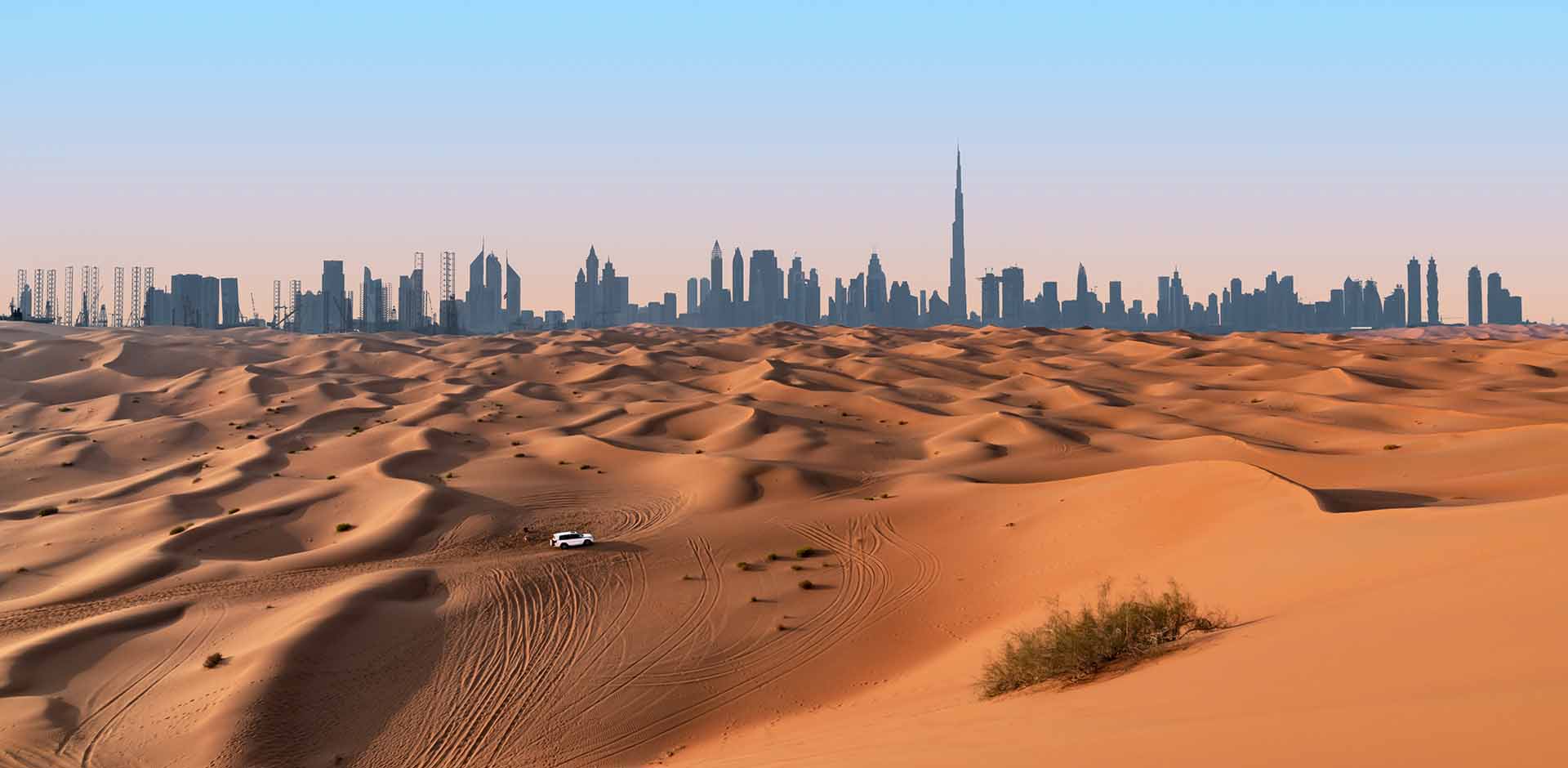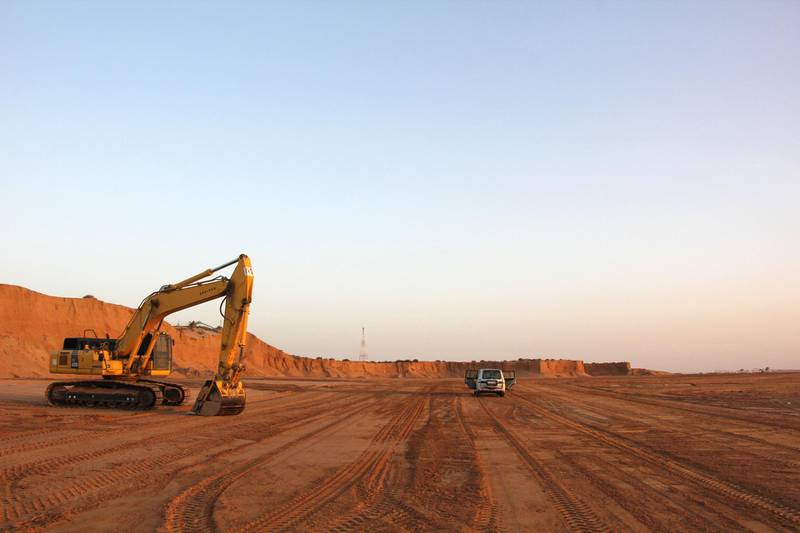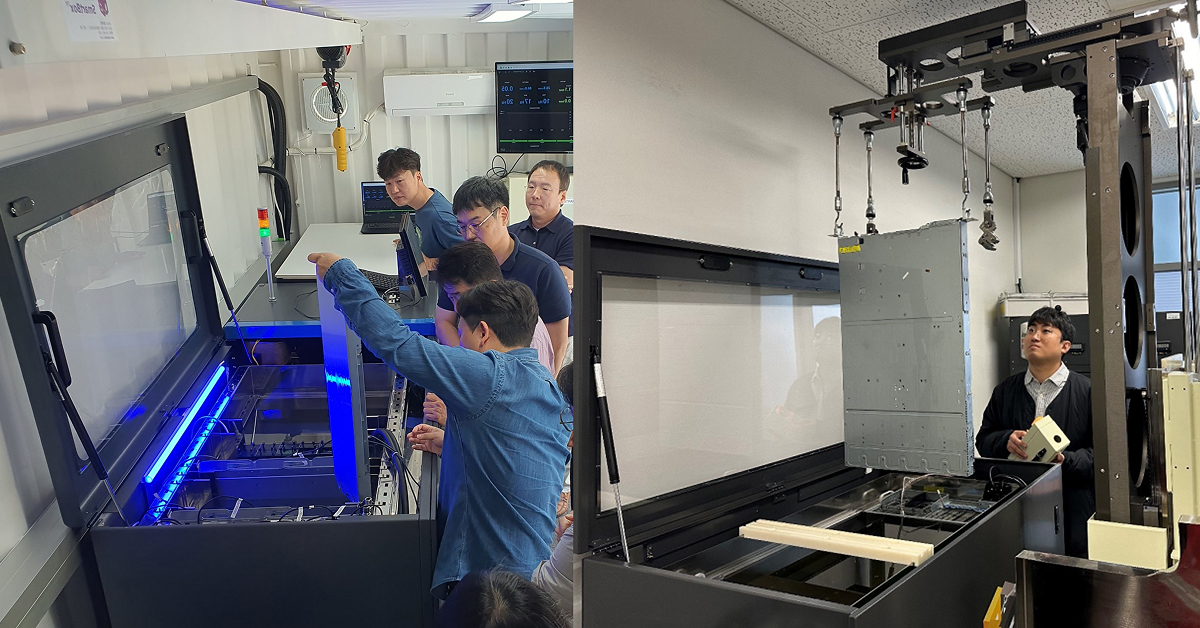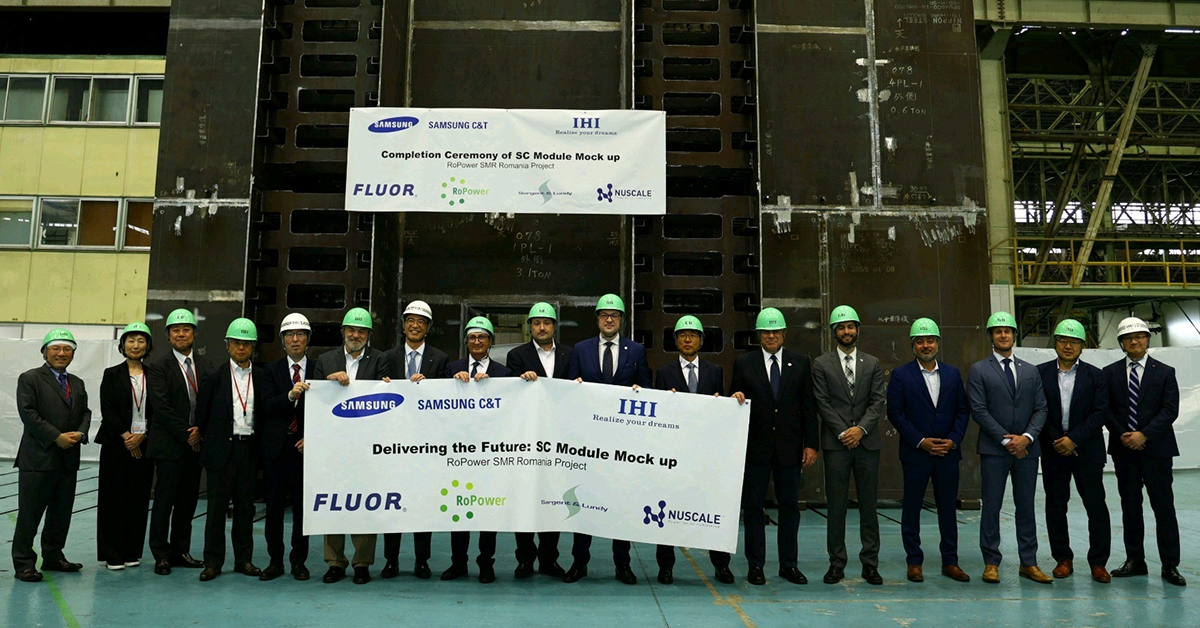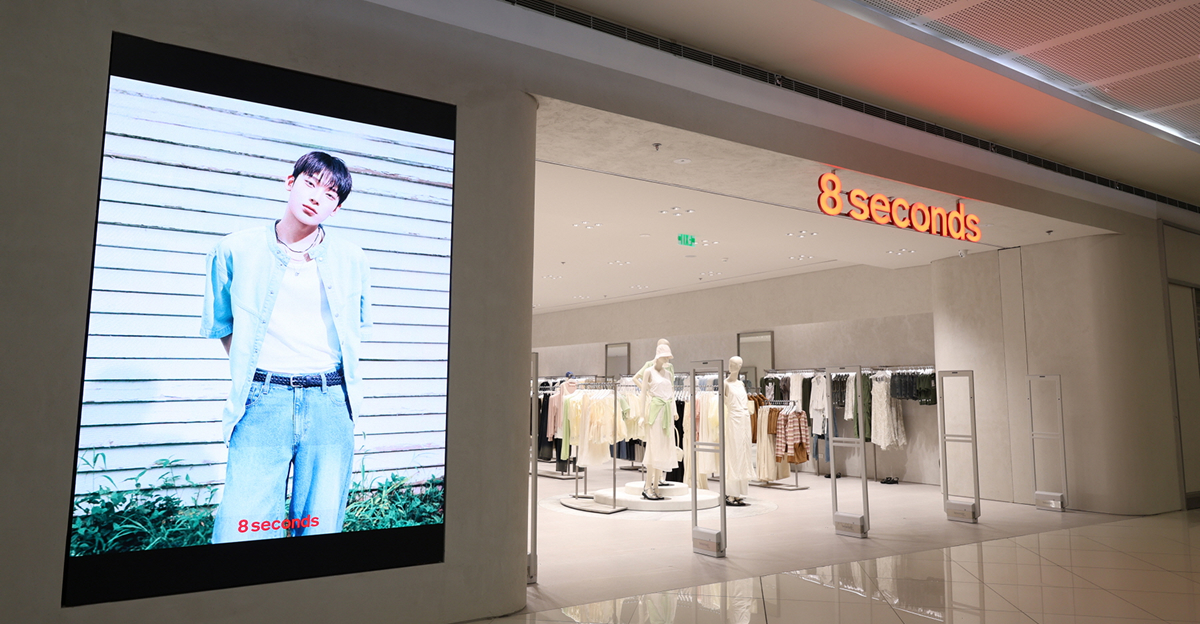The countries of the Middle East are seeking to develop a variety of their resources, most notably by diversifying their economies. Additionally, the region is making efforts to develop its tourism industry. For these and other reasons, various large-scale construction projects are taking place in the Middle East.
Naturally, all construction sites post challenges, so which ones does carrying out constructing in the Middle East present? One typical example is the extreme range of temperatures. By day the region can be very hot, with average temperatures over 30 degrees, but nighttime temperatures may drop very low. This can affect not only the health and safety of construction workers, covered in some detail here, but also the condition and usability of materials and equipment.
Let’s look at some difficulties presented by construction sites in the Middle East, talk about why it can be difficult to overcome them, and examine some examples of Samsung C&T Engineering & Construction projects.
Challenges of building in the desert climate of the Middle East
Generally speaking, most of the Middle East has a dry, desert climate due to its geography. What are some difficulties faced by construction sites in this type of environment?
As already mentioned, daily temperature differences in the Middle East are very great, which can affect the storage conditions and lifespan of building materials, especially adhesives, paints, and sealants. Using highly heat-resistant materials helps reduce heat gain and loss. Similarly, all pipes – whether they are water, gas, sewage, or protective pipes for cables – should be insulated more than usually, to counter the extreme temperature variation. This will prevent them from warping or leaking. Furthermore, building materials must be properly stored before use to maintain their material integrity in high heat and extreme temperature differences.
These areas can experience sudden and severe weather events, such as sandstorms, flash floods, and high winds. Each of these can damage equipment, delay construction, and pose safety risks to on-site workers. Also, prolonged exposure to sunlight can damage equipment and materials, leading to deterioration and reduced lifespan of the building. In protecting workers, materials, and the construction project from sun exposure and sandstorms, protective measures like temporary shielding, shading, and covering are necessary on worksites. Effective cladding on the exterior of buildings acts as a protective barrier from the abrasive effects of sandstorms.
Desert soil (beneath the sands) often has poor load-bearing capacity and can be prone to erosion. If attention is not paid to the substrate conditions, the stability of aboveground structures could be compromised. Constructing stable structures that are able to withstand shifting sands can be done by driving piles deep into the rock below the sand and building foundations on top of the piles.
Water is an indispensable resource during construction, for example for concrete mixing and dust control. Securing a reliable water supply near a desert construction site can be a significant challenge. It may even be necessary to bring water in from elsewhere. Using water-efficient appliances and recycling systems can counter water scarcity. Water efficiency can be increased by using low-flow nozzles, while recycling can be done with desalination.
The difficulty of finding solutions
When building anywhere, there is no one-size-fits-all solution to every problem, as each worksite is different. Therefore, it is necessary to develop a custom solution that fits the situation in each case.
Around the world, various methods and technologies are constantly being researched and tested to find solutions to these problems. New technology like building information modeling (BIM), which helps builders by turning a 2-dimensional plan into a 3-dimensional model, allows models to be made and techniques to be tested virtually before being tried in real life.
Samsung C&T Engineering & Construction has achieved impressive results over the years by developing and verifying solutions to various challenges and applying them in the field. What has Samsung C&T done, and what is it currently doing in the Middle East?
Samsung C&T’s projects in the Middle East
The geographical and climatic characteristics of the Middle East include extreme temperatures and high levels of sun exposure, and construction sites are often buffeted by sandstorms. In addition, solutions have to be found for the difficulties of weak ground and water scarcity.
Thanks to its experience constructing various civil engineering, infrastructure, commercial, and residential building projects around the world, Samsung C&T Engineering and Construction Group has built in many different types of environments. It has been and is currently engaged in several construction projects in the Middle East.
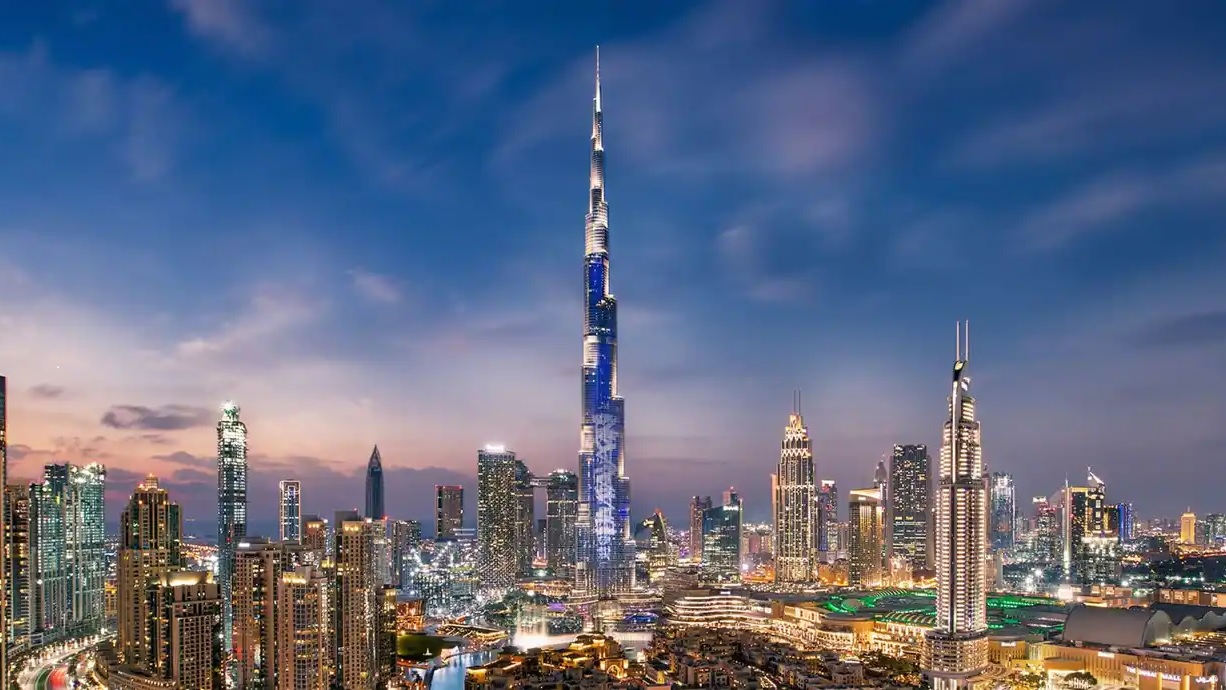
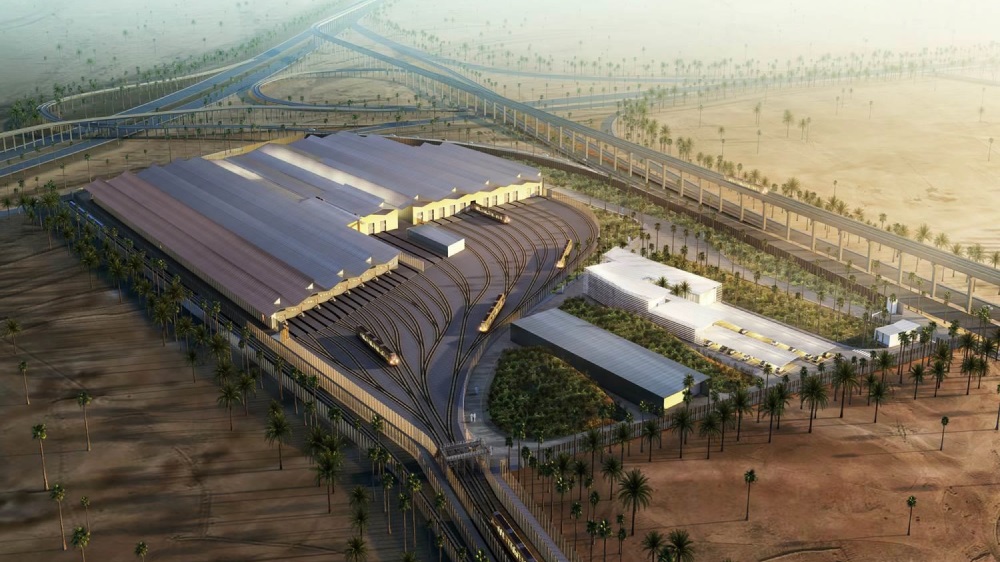
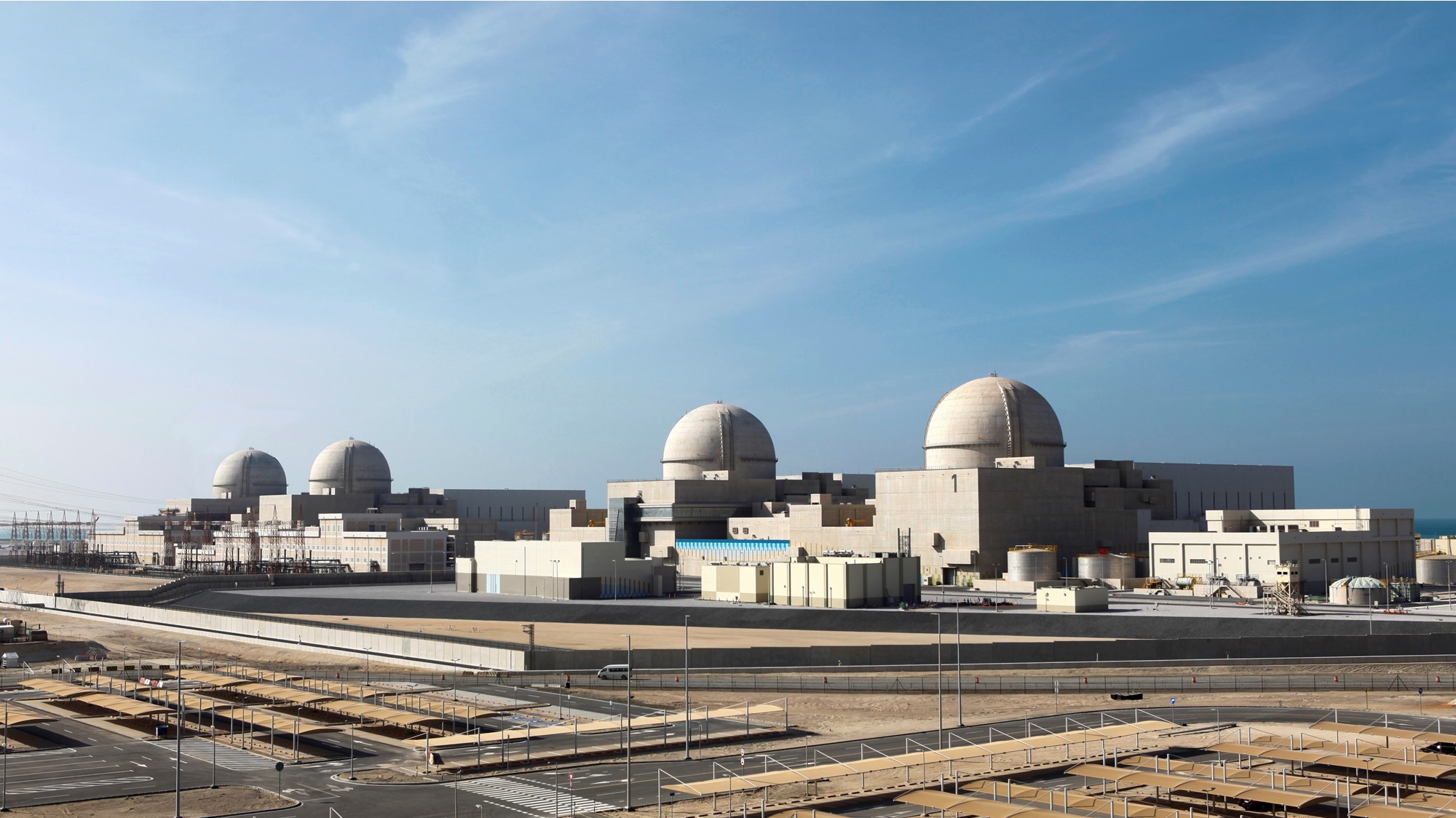
Among the buildings built by the construction sector, Burj Khalifa, the world’s tallest building, was built in the United Arab Emirates. This skyscraper is over 800 meters high and has become a global tourist attraction since its opening. This building that stands like a rocket pointed at the heavens amid the sands of Dubai is surely one of the most impressive desert construction projects ever undertaken. As its primary contractor, Samsung C&T is understandably proud of this feat.
Another achievement Samsung C&T has made in the Middle East is the Riyadh Metro project. Samsung C&T E&C Group is constructing 3 out of 6 lines of Saudi Arabia’s Riyadh Metro, one of the largest metro projects in the world. The section being constructed by Samsung C&T is the most difficult part of the entire section and requires Samsung C&T’s cutting-edge technology. This project is scheduled to be completed in 2024 and is expected to not only help resolve traffic problems in downtown Riyadh, where public transportation is insufficient, but also be a turning point in public transportation in the Middle East.
Samsung C&T is currently carrying out a project in the Middle East that will become the first Korean-built nuclear power plants overseas based on the experience it has accumulated from previous projects. Samsung C&T begun building four nuclear power plants in Barakah, United Arab Emirates in 2012, has completed the construction of Unit 3, and is currently constructing Unit 4. Once the power plants are completed, they are expected to be able to supply 25% of the UAE’s entire electricity demand.
Samsung C&T is overcoming difficulties through constant innovation in construction projects; these challenges differ due to the unique geographical conditions or climatic characteristics of each region. Even when faced with this challenging environment, the Group is achieving success based on its willingness to take on challenges, using advanced construction technologies learned and developed through countless experiences. These efforts demonstrate the possibility of construction projects even in the Middle East and contribute to further solidifying Samsung C&T’s position as a world-class construction company.


